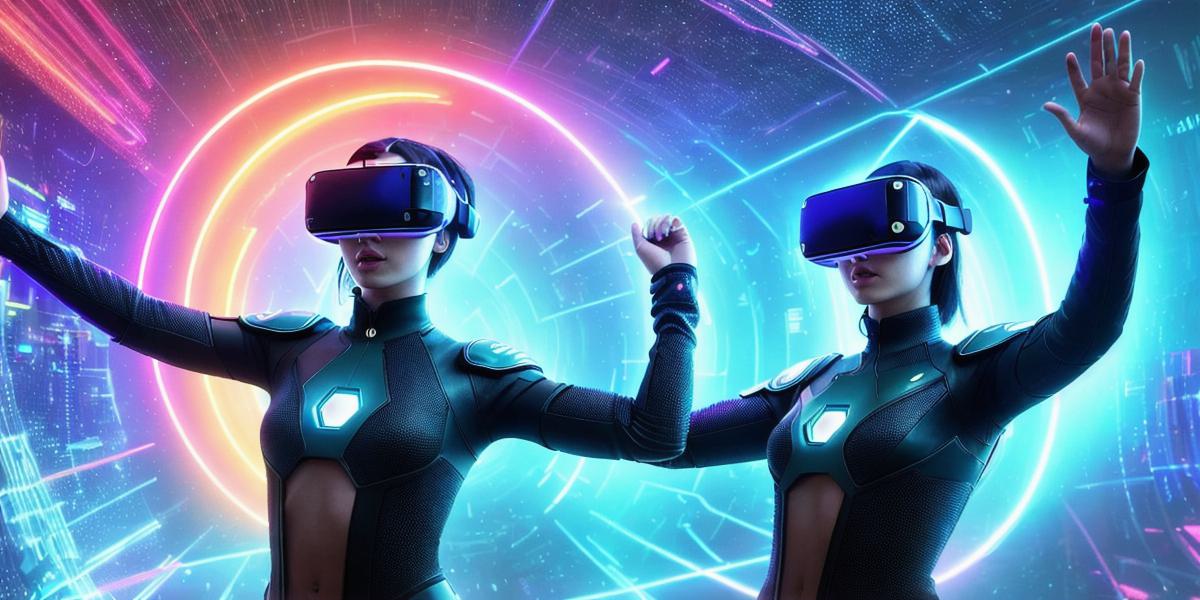The metaverse, a virtual world where users can interact with each other using avatars, has been gaining immense popularity recently. But, who are the individuals embracing this digital frontier and shaping its community? Let’s delve into understanding the current demographics of metaverse users.
1. Gamers
Gamers constitute a significant portion of metaverse users, owing to their affinity for immersive experiences (Russonello & Herrera, 2021). Popular games like Roblox, Fortnite, Minecraft, and Second Life have long offered virtual environments where players can socialize, build, create, and compete. With the evolution of these platforms into metaverses, gamers continue to lead the charge in exploring and utilizing their features.
2. Virtual Creatives
Artists, designers, musicians, writers, and other creatives find a rich playground in the metaverse (Metacreative Labs, 2021). They can express themselves through digital art installations, music performances, fashion design, writing, and more. The freedom to experiment with new mediums and collaborate with peers has attracted many virtual creatives to this realm.
3. Entrepreneurs and Businesses

Entrepreneurs and businesses are increasingly recognizing the potential of metaverses as innovative spaces for commerce (Metaverse Business World, 2021). They can create virtual stores, build brand experiences, sell digital products, or even provide services such as consulting, training, or therapy. This trend has been further fueled by the widespread adoption of cryptocurrencies and non-fungible tokens (NFTs) in metaverses.
4. Socializers and Networkers
Socializing and networking remain key reasons why individuals engage with metaverses (Hamari et al., 2016). Users can attend virtual events, connect with friends, join interest-based groups, or even make new acquaintances. Metaverses offer an escape from the physical world’s limitations while providing opportunities for meaningful interactions.
5. Educators and Students
Education in metaverses is rapidly gaining traction, with many institutions exploring their potential (EdTech Magazine, 2021). Students can attend virtual classes, collaborate on projects, or even take virtual field trips. Moreover, educators can create immersive learning experiences tailored to students’ needs and preferences, making education more engaging and effective.
In conclusion, the metaverse’s user base is diverse and continually evolving, encompassing gamers, virtual creatives, entrepreneurs, socializers, networkers, and educators. As more individuals discover its unique offerings and opportunities for personal growth and expression, the metaverse community is set to expand further.
**References:**
EdTech Magazine (2021). The Future of Education: Virtual and Augmented Reality. Retrieved from https://www.edtechmagazine.com/higher/article/2021/07/virtual-and-augmented-reality-are-changing-education
Hamari, J., Shernoff, D.J., & Pempek, T. (2016). Social media use and wellbeing: A critical review of the literature. Computers in Human Behavior, 58, 347–359.
Metaverse Business World (2021). Metaverse Businesses: The Future of Commerce. Retrieved from https://www.metaversebusinessworld.com/metaversec-businesses-the-future-of-commerce/

Metacreative Labs (2021). Metaverse Creatives: A New Frontier in Art and Design. Retrieved from https://metacreativelabs.com/metaverse-creatives-a-new-frontier-in-art-and-design/
Russonello, V., & Herrera, E. (2021).
Roblox’s Metaverse: The Future of Gaming?
Retrieved from https://www.theverge.com/gaming/2021/3/8/22324941/roblox-metaverse-future-of-gaming.
